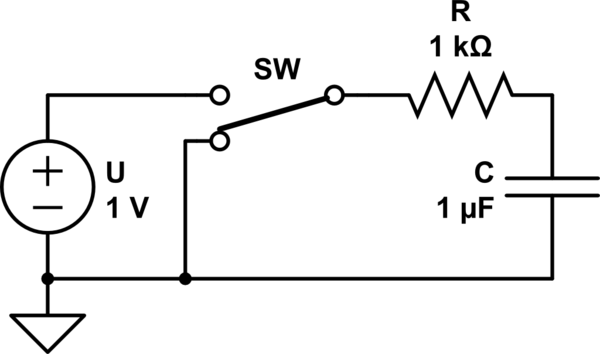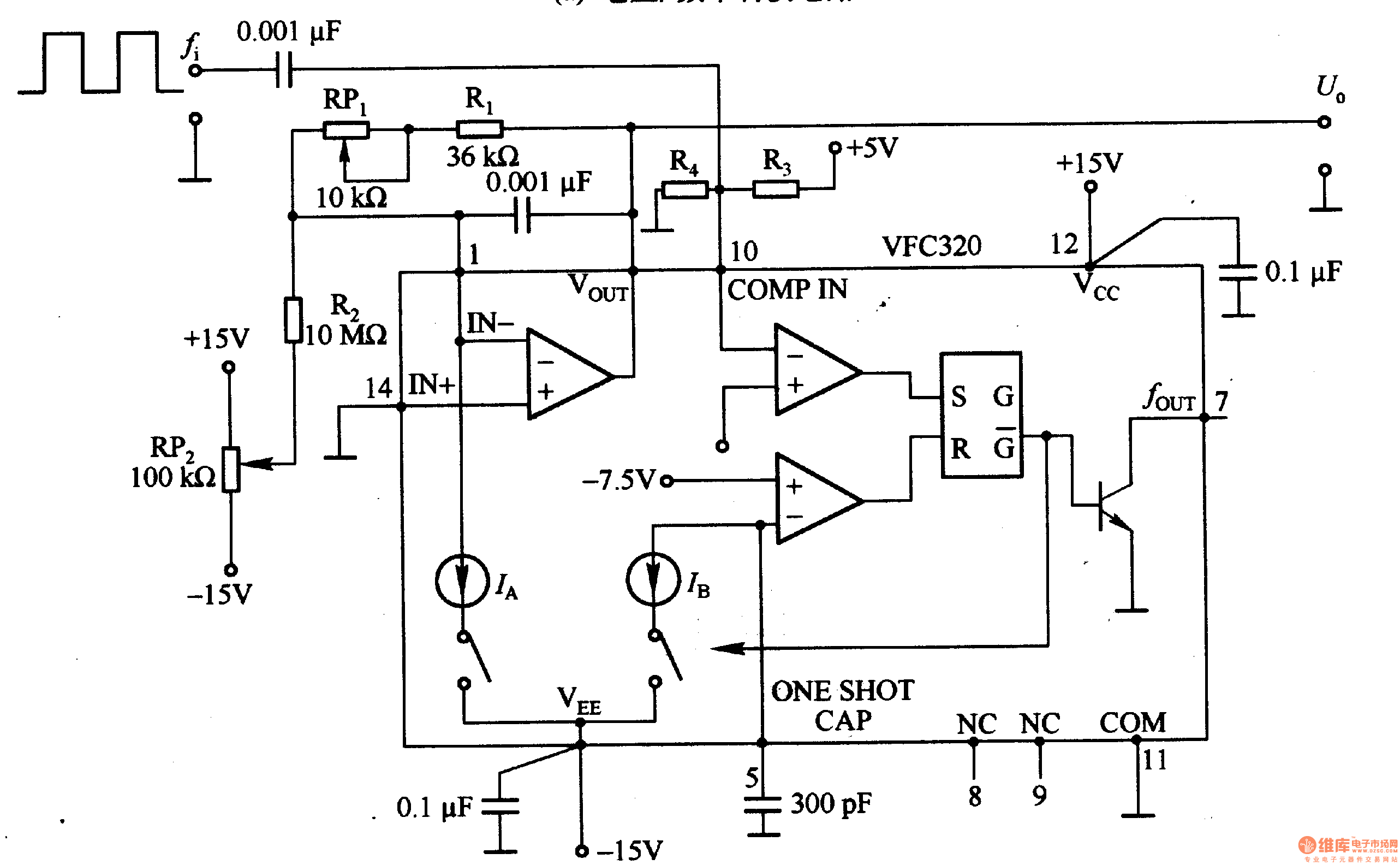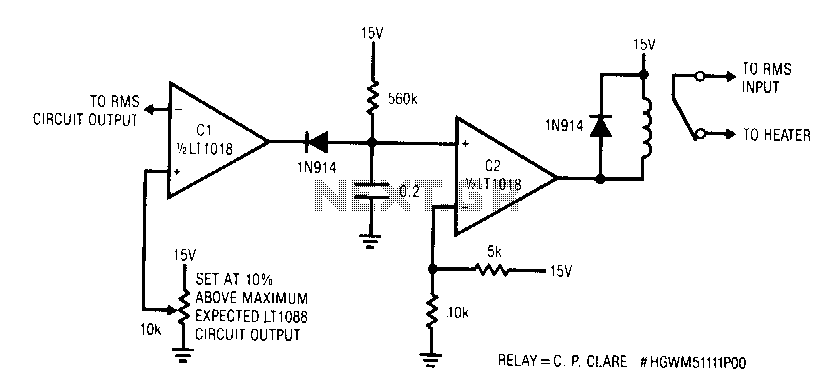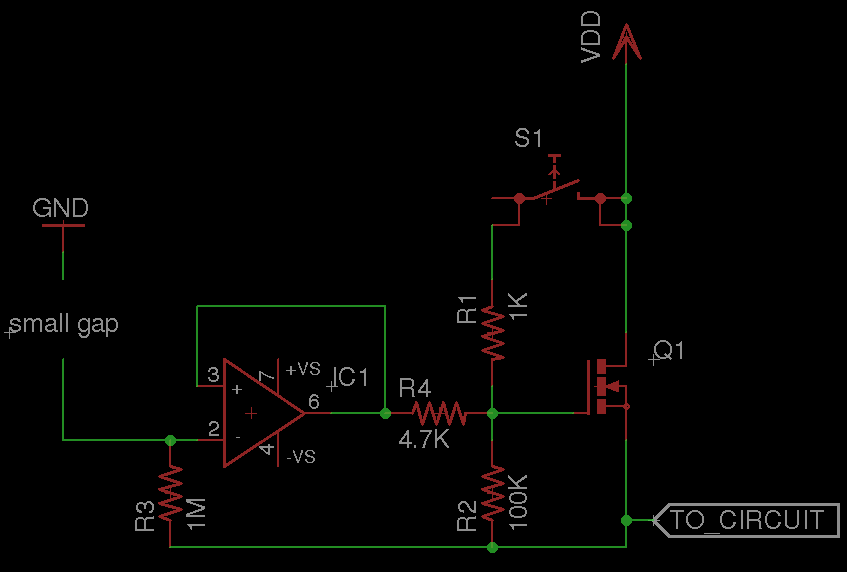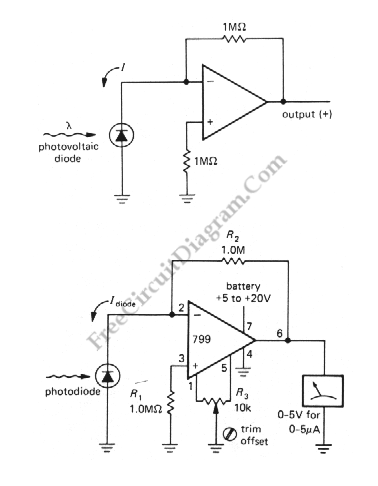
Over Voltage Protector

An Over Voltage Protector is a straightforward circuit designed to safeguard appliances from excessive voltage. It includes a circuit diagram and a parts list for various electronics projects related to over voltage protection.
The Over Voltage Protector circuit typically employs a voltage sensing mechanism to monitor the input voltage level. When the voltage exceeds a predetermined threshold, the circuit activates protective measures to prevent damage to connected appliances.
Key components often included in this circuit are:
1. **Voltage Sensor**: This component detects the input voltage and triggers the protection mechanism when the voltage exceeds the safe limit.
2. **Zener Diode**: A Zener diode may be used to clamp the voltage to a safe level. It allows current to flow in the reverse direction when the voltage exceeds a specific value, thus protecting downstream components.
3. **Relay**: A relay can be utilized to disconnect the load from the power supply when an overvoltage condition is detected. This component provides electrical isolation between the control circuit and the high voltage circuit.
4. **Fuse**: A fuse serves as an additional layer of protection by breaking the circuit in case of excessive current flow, which can occur during overvoltage conditions.
5. **Capacitors and Resistors**: These components are used for filtering and stabilizing the voltage readings, ensuring accurate detection and response to overvoltage situations.
The circuit diagram typically illustrates the interconnections between these components, showing how the voltage sensor interfaces with the relay and other protective devices. The parts list will provide specifications for each component, such as voltage ratings, power ratings, and recommended types, to ensure compatibility and effectiveness in the circuit's operation.
This Over Voltage Protector circuit is applicable in various electronic projects, particularly where sensitive devices require protection from voltage spikes or fluctuations, enhancing overall reliability and longevity of the connected appliances.Over Voltage Protector is a simple circuit used to protect appliance from over voltage circuit diagram with parts list of over voltage protector various electronics project. 🔗 External reference
The Over Voltage Protector circuit typically employs a voltage sensing mechanism to monitor the input voltage level. When the voltage exceeds a predetermined threshold, the circuit activates protective measures to prevent damage to connected appliances.
Key components often included in this circuit are:
1. **Voltage Sensor**: This component detects the input voltage and triggers the protection mechanism when the voltage exceeds the safe limit.
2. **Zener Diode**: A Zener diode may be used to clamp the voltage to a safe level. It allows current to flow in the reverse direction when the voltage exceeds a specific value, thus protecting downstream components.
3. **Relay**: A relay can be utilized to disconnect the load from the power supply when an overvoltage condition is detected. This component provides electrical isolation between the control circuit and the high voltage circuit.
4. **Fuse**: A fuse serves as an additional layer of protection by breaking the circuit in case of excessive current flow, which can occur during overvoltage conditions.
5. **Capacitors and Resistors**: These components are used for filtering and stabilizing the voltage readings, ensuring accurate detection and response to overvoltage situations.
The circuit diagram typically illustrates the interconnections between these components, showing how the voltage sensor interfaces with the relay and other protective devices. The parts list will provide specifications for each component, such as voltage ratings, power ratings, and recommended types, to ensure compatibility and effectiveness in the circuit's operation.
This Over Voltage Protector circuit is applicable in various electronic projects, particularly where sensitive devices require protection from voltage spikes or fluctuations, enhancing overall reliability and longevity of the connected appliances.Over Voltage Protector is a simple circuit used to protect appliance from over voltage circuit diagram with parts list of over voltage protector various electronics project. 🔗 External reference
